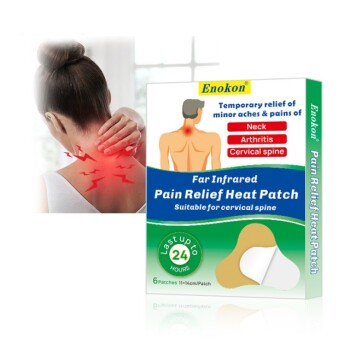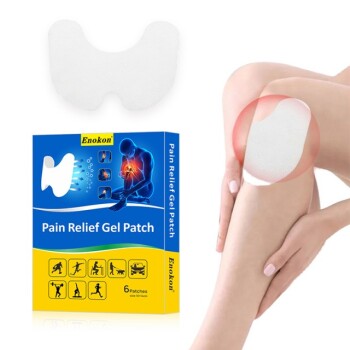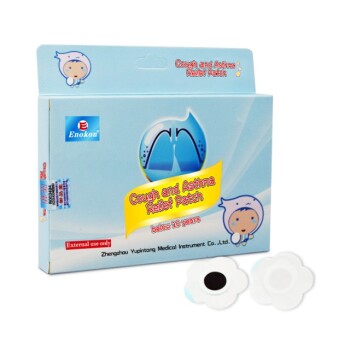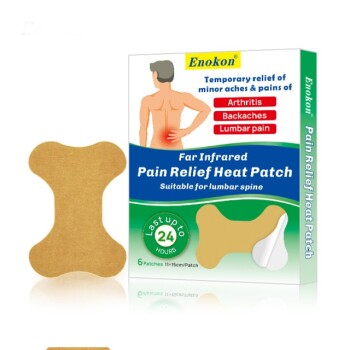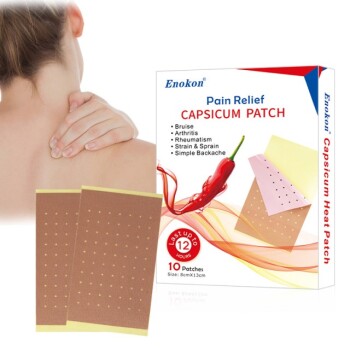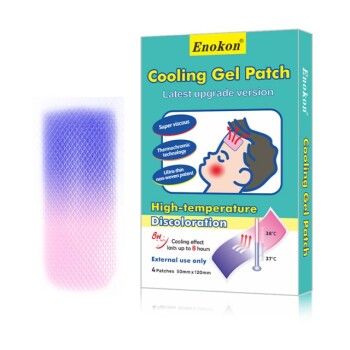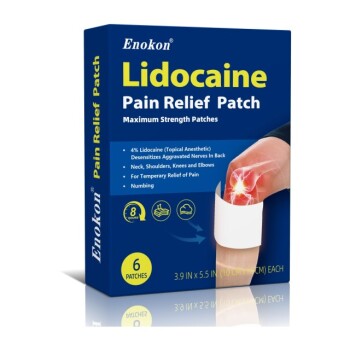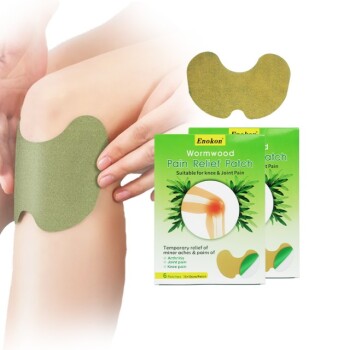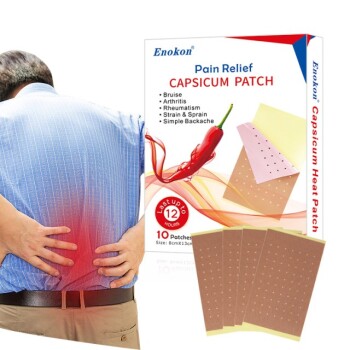Transdermal fentanyl provides analgesia in dogs for up to 72 hours after application, but it is important to note that it does not offer immediate pain relief during the first 0–6 hours post-application. This delay is due to the time required for the drug to permeate the skin and reach therapeutic plasma concentrations. The Fentanyl Transdermal Patch is a useful option for sustained pain management in canine patients, particularly for postoperative or chronic pain, but supplemental analgesia may be needed during the initial hours.
Key Points Explained:
-
Duration of Analgesia
- Transdermal fentanyl provides pain relief for up to 72 hours in dogs after application.
- This makes it suitable for managing moderate to severe pain over an extended period without frequent re-dosing.
-
Initial Lag Period (0–6 Hours Post-Application)
- The patch does not provide immediate analgesia due to the slow absorption through the skin.
- Supplemental pain relief (e.g., injectable opioids or NSAIDs) may be necessary during this initial phase, especially after surgery.
-
Mechanism of Action
- Fentanyl is a potent synthetic opioid that binds to mu-opioid receptors in the central nervous system.
- The transdermal delivery system ensures a steady release of the drug into the bloodstream, maintaining consistent plasma levels.
-
Clinical Considerations
- Patient Monitoring: Dogs should be observed for signs of inadequate pain control (e.g., restlessness, vocalization) or adverse effects (sedation, respiratory depression).
- Patch Placement: Optimal absorption requires proper application on a clean, dry, and minimally haired area (e.g., between the shoulder blades).
- Dosing Adjustments: Smaller dogs or those with compromised skin barriers may absorb fentanyl faster, requiring careful dosing.
-
Advantages Over Other Analgesics
- Long-lasting effect reduces the need for frequent dosing.
- Non-invasive compared to repeated injections.
- Useful for postoperative care or chronic conditions like osteoarthritis.
-
Limitations
- Not suitable for acute, severe pain requiring immediate relief.
- Risk of human exposure if mishandled (e.g., accidental contact with the patch).
- Variable absorption rates depending on the dog’s size, skin health, and activity level.
For veterinary professionals, understanding these factors ensures safe and effective use of the Fentanyl Transdermal Patch in canine pain management protocols.
Summary Table:
| Key Aspect | Details |
|---|---|
| Duration of Analgesia | Up to 72 hours post-application |
| Initial Lag Period | 0–6 hours (no immediate relief) |
| Mechanism | Steady release via mu-opioid receptor binding |
| Best For | Postoperative/chronic pain in dogs |
| Limitations | Not for acute pain; variable absorption |
Optimize canine pain management with Enokon’s transdermal solutions
As a trusted bulk manufacturer of veterinary transdermal patches, we help healthcare distributors and brands deliver reliable, long-lasting analgesia. Our expertise in custom R&D ensures formulations tailored to your needs.
Contact us today to discuss pain management partnerships!
Related Products
- Far Infrared Deep Heat Relief Patches Medicated Pain Relief Patches
- Menthol Gel Pain Relief Patch
- Icy Hot Menthol Medicine Pain Relief Patch
- Heating Pain Relief Patches for Menstrual Cramps
- Far Infrared Heat Pain Relief Patches Transdermal Patches
People Also Ask
- How do Deep Heat Pain Relief Patches provide pain relief? Targeted Heat Therapy for Lasting Comfort
- How do pain relief patches provide targeted relief? Discover the Science Behind Effective Pain Management
- How should pain relief patches be applied and used? Maximize Comfort & Safety with Proper Techniques
- How do pain relief patches compare to other pain relief methods? Discover Targeted, Long-Lasting Relief
- What are pain relief patches and how are they used? A Guide to Targeted Pain Management
